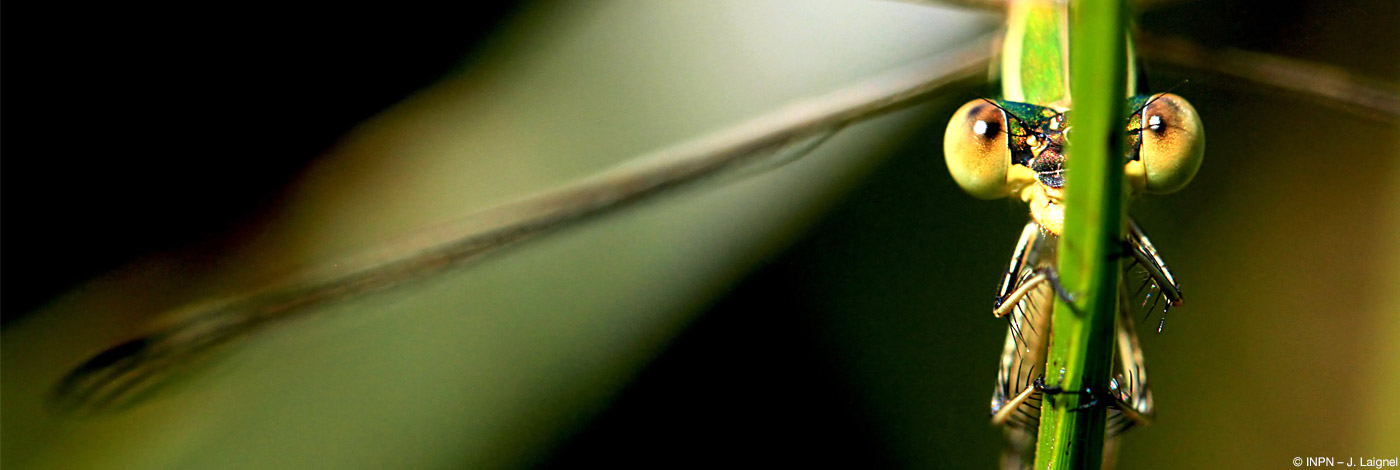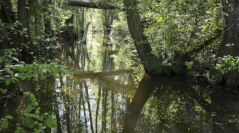

 Naturae
2021 (21) - Pages 293-307
Naturae
2021 (21) - Pages 293-307In order to assess the carrying capacity of riparian forest stands for biodiversity, we propose a new index that takes into account the longitudinal and cross-sectional dimensions of the hydrosystem : the Index of Biodiversity and Connectivity for Riparian forests (IBCR). Consisting of 15 factors that provide information on criteria related to the stand attributs and its management, the surrounding context, disturbance/pressure and connectivity, the IBCR is a new tool that provides river managers with concrete elements to quickly diagnose the ecological status of riparian forest stands and guide management for the conservation of the biodiversity associated with these linear forests. To illustrate the usefulness of this index, we have studied the response of bird communities to IBCR factors, distinguishing between species in forest, agricultural, aquatic and built/rocky environments. Our results show that bird communities respond fairly consistently to the values of the IBCR forests, with an increase in the species richness of forest birds with the mean score of the index. On the other hand, the riparian forest stands with a low score index, i.e. more degraded and disconnected, favour above all the presence of agricultural bird species. Overall, these results underline the interest of the IBCR to rapidly assess the main characteristics of riparian forest stands and the associated carrying capacities, at least for bird communities.